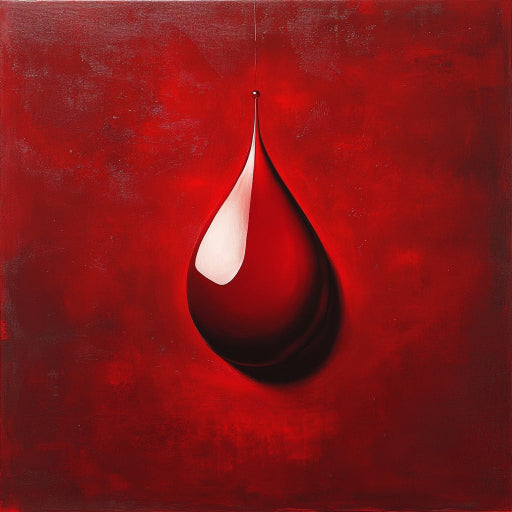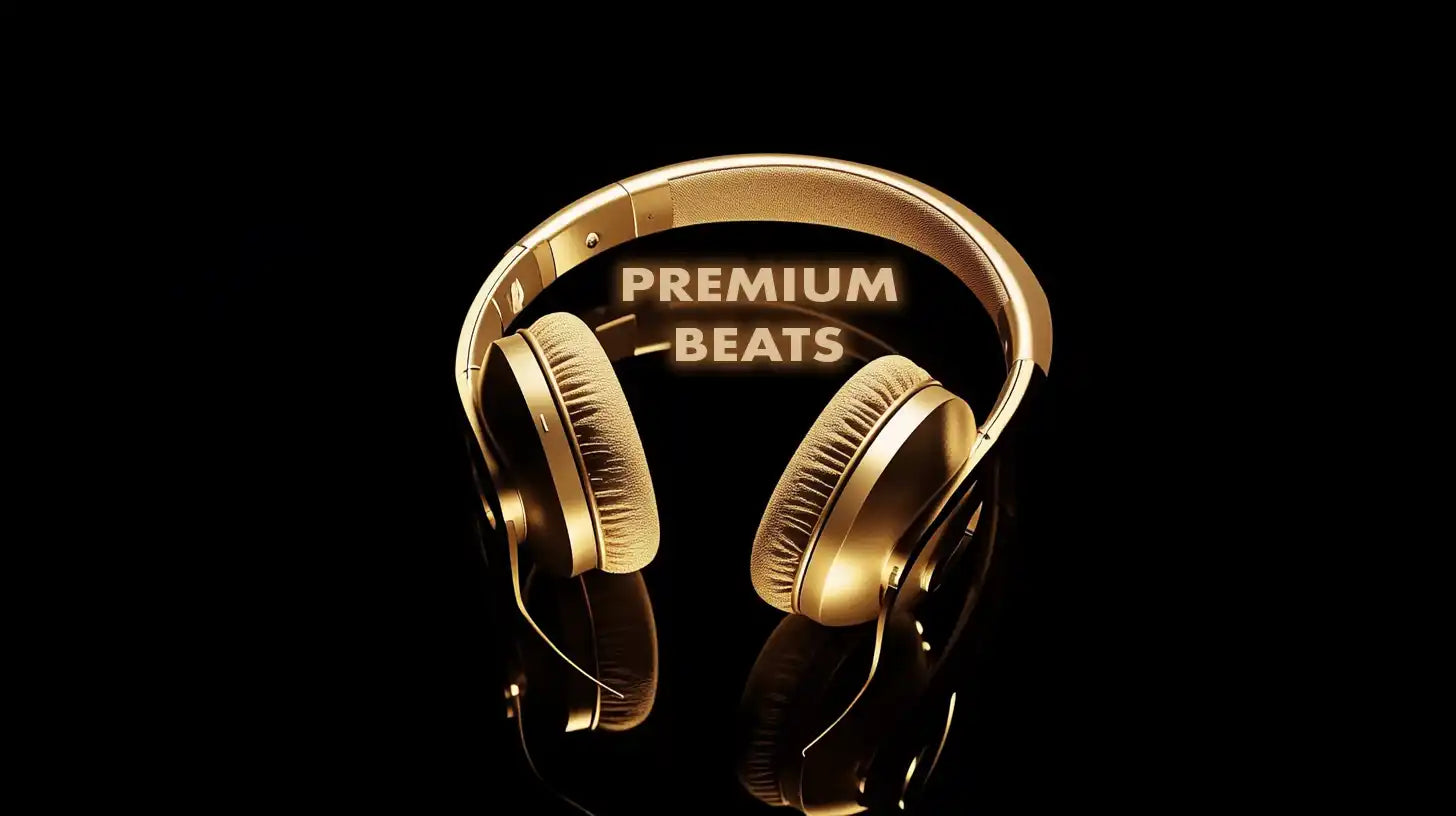
Guide to Selecting Beats | 20DollarBeats
Share
Title: 5 Expert Tips on Selecting the Perfect Beat for Your Next Track
Hello, musical maestros. Are you ready to create your next chart-topping hit but not certain how to choose the perfect beat? No worries! We're going all in today, providing five helpful tips to guide you towards finding the best beat that will make your next track a sonic masterpiece. Whether you're an established artist looking for fresh vibes or an emerging talent seeking guidance, this read is for you!
1. Identify Your Music Style
The journey to picking the perfect beat begins with a profound understanding of your musical style. Identify your genre and sub-genre, then map out the common rhythm patterns, dynamic range, and beat structures that typically define them.
For example, if your style leans towards hip-hop, you might want to consider beats with a strong, punchy kick and snare, whereas an R&B track might benefit from beats with a slower tempo and more intricate hi-hat patterns.
2. Focus on Beat Quality
In the world of music production, quality is king. A beat’s quality can elevate your song or bring it down. Always opt for high-quality beats – they're typically produced at 44.1 kHz or higher. Sound quality, cleanliness, and professional mixing can give your track a competitive edge. Don’t forget to pay attention to the beat's individual elements like the bass, snare, or high-hats; they should sound crisp and clear, not muddled or distorted.
3. Choose Beats that Complement Your Vocal Style
Your beat should perfectly accommodate your vocals and not overpower them. If you have a soft voice, a heavy beat might swamp your vocals; similarly, if you have a robust voice, a too-light beat might fail to support your vocal power. Experiment with different beats until you find one that enhances your vocals rather than compromising them.
4. Consider the Song Structure
Traditional song structures follow a pattern: intro, verse, chorus, verse, chorus, bridge, chorus, and outro. Most beats available for purchase will adhere to this structure. However, if you want to bend rules and create something avant-garde, you may opt for a customized beat structure. Always remember that a well-structured beat can guide the listener through your song seamlessly.
5. Budget Appropriately
Although this tip is last, it's of significant importance. Remember, buying beats is an investment into your musical career. While free beats are available, they often lack the quality, uniqueness, and rights that come with purchased beats. Set a budget for beats and consider it as part of your overall production costs.
In conclusion, choosing the perfect beat is an art form in itself. Through identifying your musical style, focusing on beat quality, selecting a beat that completes your vocals, considering the song structure, and budgeting appropriately, you can find the perfect canvas to paint your next musical masterpiece.
Remember, the journey of finding the perfect beat is as much a part of your creative process as writing lyrics or recording vocals. So have fun, experiment, and let the music guide you.
We hope these pointers will serve as a useful guide in your beat selection process. Stay tuned for more music production insights, gear reviews, and artist growth tutorials. And remember, the right beat can take your track from ordinary to extraordinary. Happy creating!



